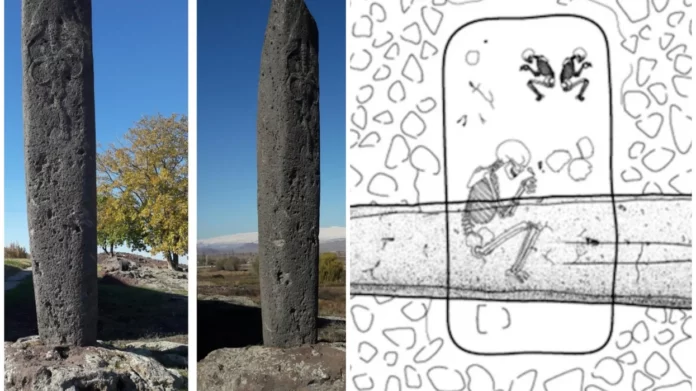The discovery of ancient burial sites often sheds light on the beliefs, rituals, and customs of long-lost civilizations. A recent archaeological finding in Armenia has provided intriguing insights into the Bronze Age society, particularly concerning their funerary practices. Researchers have uncovered the burial of two infants beneath a prehistoric monument known as a dragon stone, or Vishapakar, at the Lchashen site near Lake Sevan. This unique find raises questions about the symbolic significance of these monumental stones and the cultural practices surrounding death and the afterlife.
The Mysterious Dragon Stones of Armenia
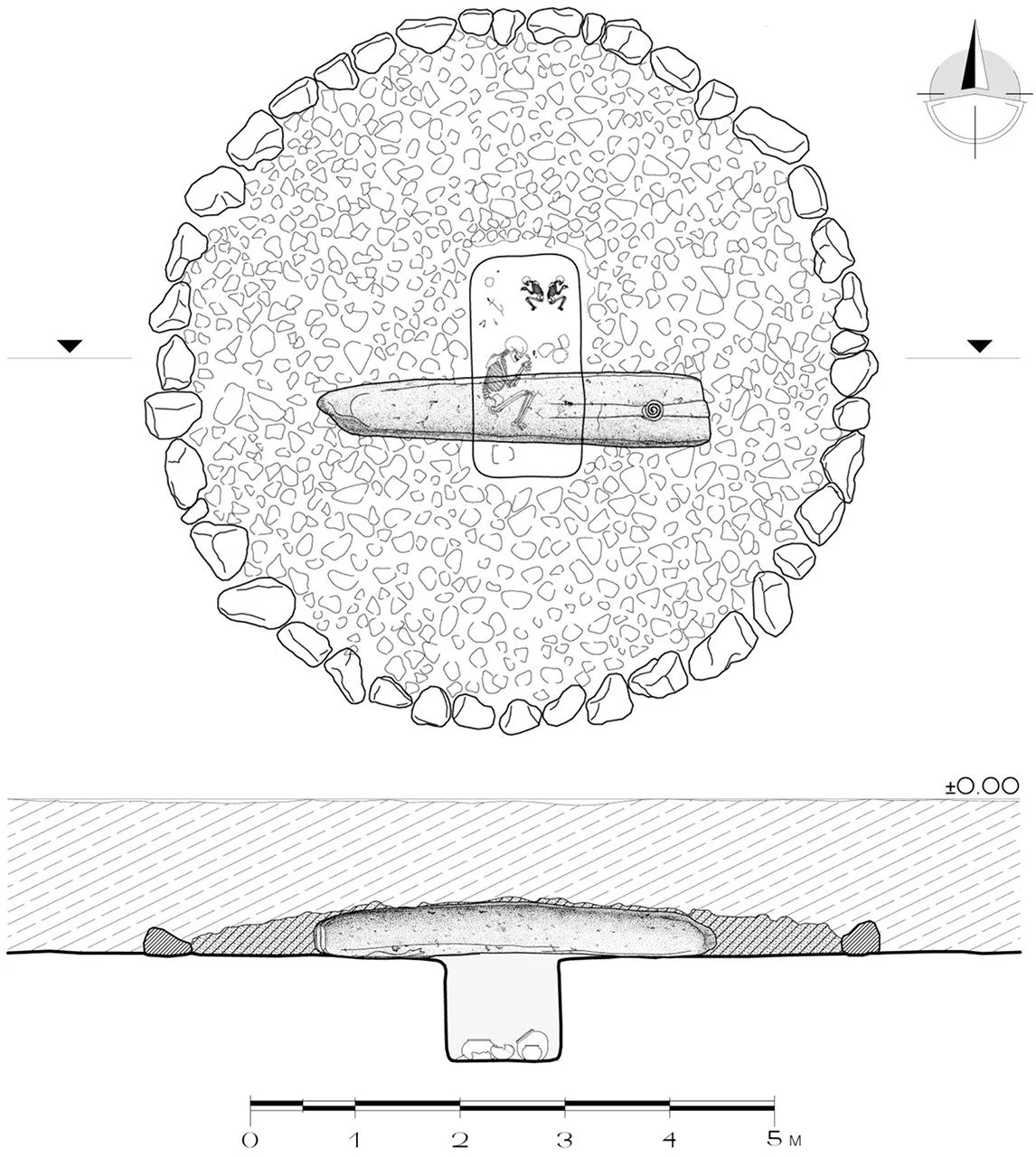
Dragon stones, or Vishapakars, are prehistoric basalt stelae adorned with intricate animal imagery, such as fish heads or serpents. Predominantly found in the Armenian Highlands, these monoliths hold a special place in Armenian folklore, where they are believed to represent vishaps—mythical water dragons that were considered guardians of water and thunder. To date, around 150 dragon stones have been documented, mostly situated in water-rich mountain meadows at altitudes ranging from 6,500 to 10,000 feet. These stones, varying in height from 150 cm to 550 cm (59 to 216.5 inches), are thought to have been commemorative monuments placed at the center of open-air sanctuaries.
The presence of these stones near springs or canals suggests a ritual connection with water, further supported by the carvings of animals, particularly fish and bovids (such as goats, sheep, and cows). These carvings are believed to symbolize the vishaps, reinforcing the cultural and religious significance of the dragon stones.
A Unique Burial Beneath the Dragon Stone
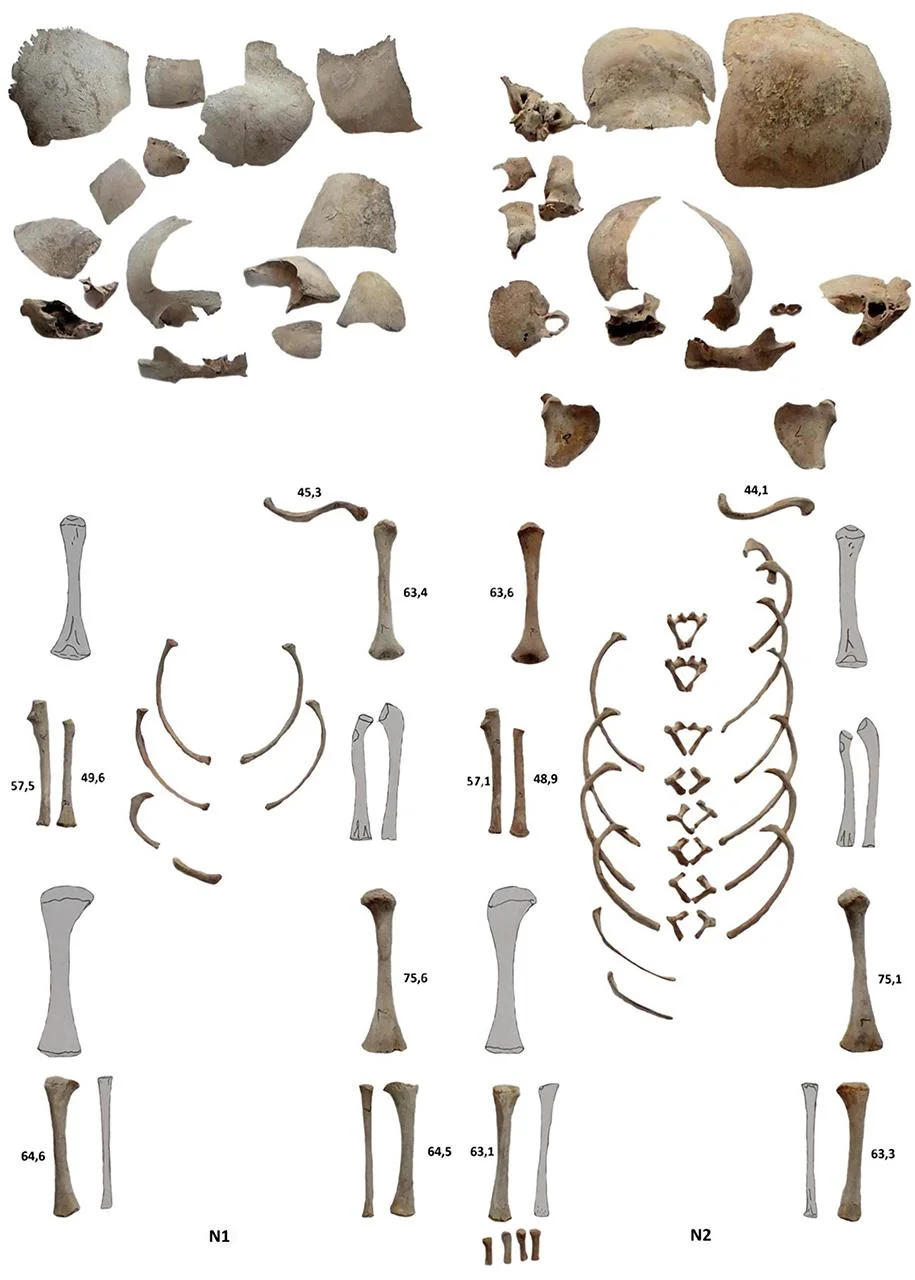
In 1980, construction workers near an ancient cemetery in the village of Lchashen made a remarkable discovery—a dragon stone standing over 11 feet high, adorned with the image of a sacrificed bovid. Excavations beneath this stone revealed a burial pit dating back to the 16th century BCE. This pit contained the remains of two infants, along with various archaeological artifacts, including painted pottery, a bronze hairpin, a carnelian bead, a bone needle, a fragment of obsidian, and human bones of an adult woman.
This burial site stands out as unique among the hundreds of graves excavated in the region, as it is the only one marked by a dragon stone and one of the very few that contained infant remains. The presence of these infant remains under such a significant monolith raises questions about the funerary practices and beliefs related to death and the afterlife in Bronze Age Armenian society.
The Genetic Link and Ritualistic Implications
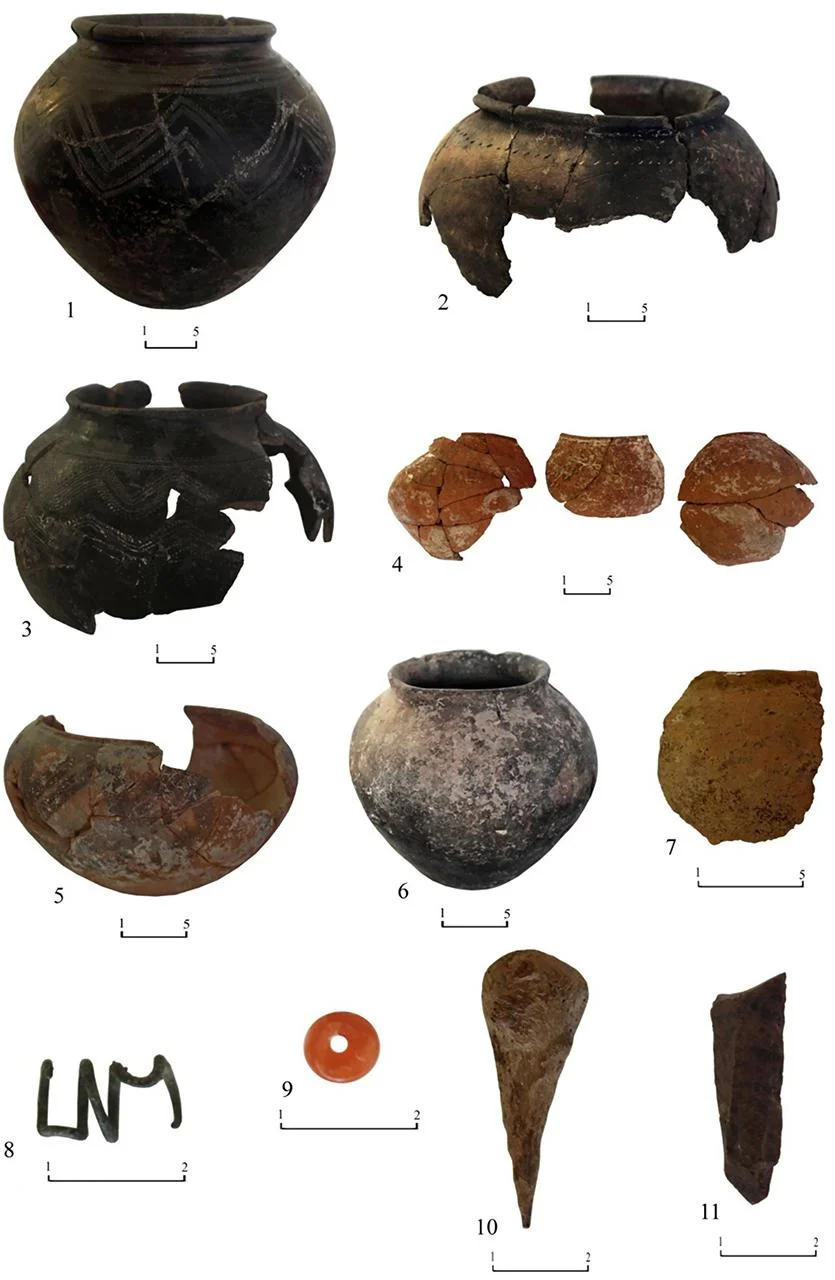
Recent genetic testing of the remains, initially analyzed in the 1980s, has revealed that the two infants, referred to as Dragon1 and Dragon2, were second-degree relatives with identical mitochondrial sequences. This close familial relationship suggests possible biological connections such as half-sisters, aunt-niece, double-cousins, or grandparent-grandchild. Researchers propose that the most likely relationship is either that the two babies were aunt and niece or half-siblings born to the same mother through heteropaternal superfecundation—a rare phenomenon where a woman becomes pregnant with two babies from different fathers simultaneously.
The burial context, combined with the monumental dragon stone, suggests a possible ritual or symbolic significance that remains not fully understood. The sacrificed bovid carved on the stone might symbolize a cultural death rather than a natural one, hinting at possible rituals involving difficult births or even sacred killings, although no direct traces of violence were detected on the fragile infant remains.
Broader Implications for Bronze Age Funerary Practices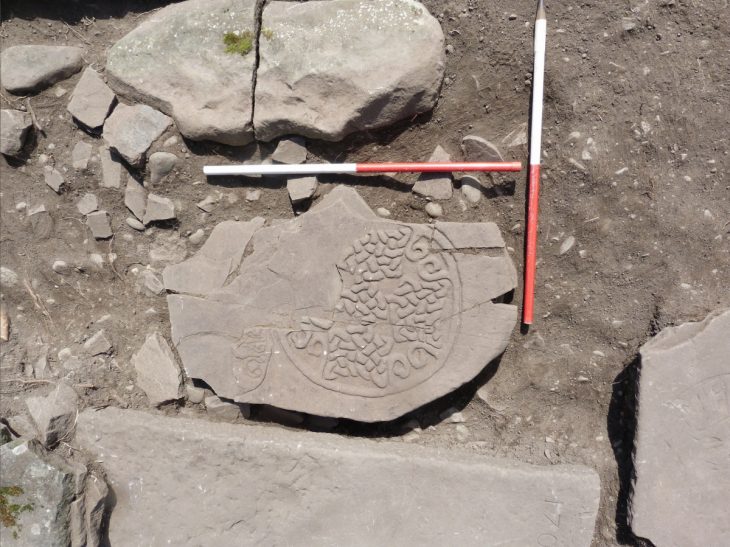

The discovery of this burial site has broader implications for understanding the role of dragon stones in Bronze Age funerary practices. The association between these monuments and burials suggests that dragon stones may have served a funerary or ritualistic purpose beyond mere decoration or commemoration. The fact that this is the only grave out of 454 Bronze Age graves at Lchashen marked with a dragon stone underscores its unique significance.
Conclusion
The burial of two infants beneath a prehistoric dragon stone in Armenia offers a rare glimpse into the funerary practices of Bronze Age society. The discovery raises intriguing questions about the symbolic role of dragon stones and their connection to death and the afterlife. As researchers continue to study these ancient sites, they may uncover further insights into the cultural and religious significance of these monumental stones, shedding light on the rituals and beliefs of long-gone civilizations.
